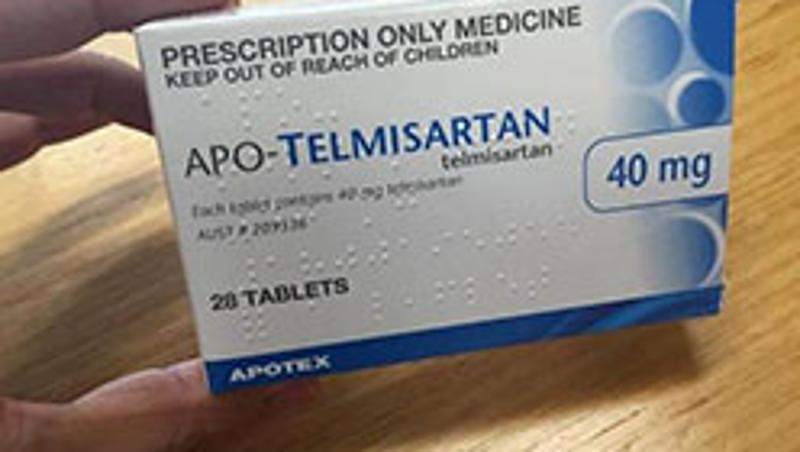
Augmented reality will be incorporated into a new customised app for people with high blood pressure and type 2 diabetes to improve their understanding of the multiple medications they must use to manage their condition.
Under a Heart Foundation Vanguard Grant, GP and QUT research scholar, Dr Alireza Ahmadvand, is part of a multidisciplinary QUT research team investigating how best to use augmented reality (AR) to give patients easy-to-use information at the time they need it most – when taking their mix of medications.
“Most people have smartphones so it makes sense to find ways to use them to their full potential in delivering healthcare and allowing people to better manage their chronic conditions,” said Dr Ahmadvand who is part of a multidisciplinary QUT research team on the project.
“According to Diabetes Australia, around 280 Australians develop diabetes every day (one person every five minutes). Also, in around 70 per cent of people with known or undiagnosed diabetes, high blood pressure has been reported.
“A person with diabetes sometimes has to take, on average, eight medications at the same time including blood sugar-lowering medications, cholesterol-lowering medications, aspirin, anti-depressants/anxiolytics or medications for weight management.
“Taking the correct medications at the right dose at the right time is crucial, but we have found that compliance is often low with people forgetting to take the medications on time, and missing doses and repeats.
“The number of medications is partly the reason for high levels of non-compliance, and low health literacy, or knowledge and understanding of their conditions, is another.
“We see this even with people who have been diagnosed with both conditions for years.”
Dr Ahmadvand said people with type 2 diabetes had to interact with, on average, 14 different healthcare professionals such as diabetes educators, podiatrists, doctors, and specialists.
“Keeping track of all the advice, understanding it, and being able to ask the right questions are major challenges,” he said.
“They receive a lot of high-level professional advice but at the point of having to take the medication they are alone, it is then that our solution will step in.
“AR brings the possibility of using smart phones to give information on specific medications in a form appropriate to each person’s level of understanding in a convenient and timely way.
“We hope this will decrease the complexity and increase compliance with medications for people managing both type 2 diabetes and hypertension by improving understanding of their conditions.
“The app can give the possibility of calling, messaging or direct contact to credible diabetes helplines, if they are in doubt as to what to do if they have forgotten something about their medication or its side effects.”
Professor Jean Burgess, director of QUT’s Digital Media Research Centre said embedding of AR technology into a mobile app brought health literacy closer to home.
“So many people already have mobile phones and apps embedded throughout their everyday lives,” Professor Burgess said.
“Through advanced qualitative research methods like the ‘app walkthrough’, we can improve the relevance and usability of the technology.”
Dr Ahmadvand said the team was customising an app called Layar to enable it to perform the tasks needed.
Heart Foundation Queensland CEO Stephen Vines said data released by the Heart Foundation during Heart Week showed six million Australians had high blood pressure but more than half were undiagnosed or not managing their condition.
“People in rural areas are more likely to have high blood pressure and so they would benefit from the AR smartphone app to manage their condition,” Mr Vines said
“We know that managing high blood pressure and balancing medications is an issue for many people with cardiovascular conditions.
“We are proud to have invested in this AR app which we believe will help many Australians.”
Media contact: Niki Widdowson, QUT Media, 07 3138 2999 or n.widdowson@qut.edu.au
After hours: 0407 585 901 or media@qut.edu.au


